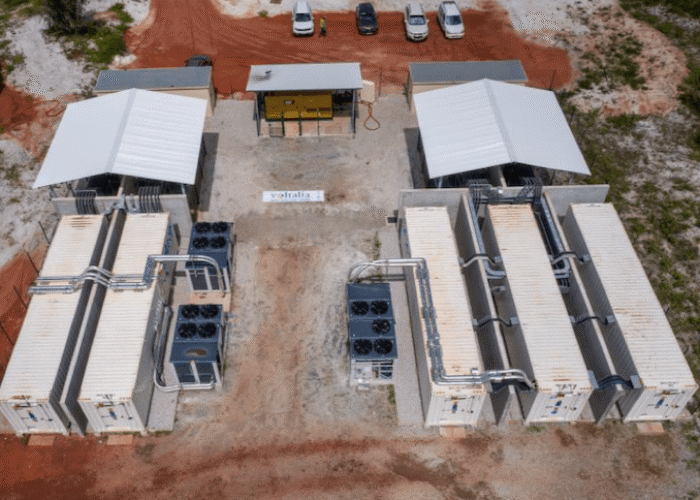
The amount of residential solar paired with a battery energy storage system (BESS) in California has increased notably under the state’s new net energy metering 3.0 (NEM 3.0) scheme.
The US Energy Information Administration (EIA) has published data showing that around 9% of all residential solar systems eligible for NEM 3.0 in California are now paired with a BESS. Between October 2023 and April 2024, over 40,000 new systems were installed, representing 232MW of energy storage capacity.
Try Premium for just $1
- Full premium access for the first month at only $1
- Converts to an annual rate after 30 days unless cancelled
- Cancel anytime during the trial period
Premium Benefits
- Expert industry analysis and interviews
- Digital access to PV Tech Power journal
- Exclusive event discounts
Or get the full Premium subscription right away
Or continue reading this article for free
The EIA data showed that over 50% of the PV systems installed in April were paired with BESS, a rate that has risen consistently from just over 20% in October 2023, when the new net metering rules came into effect.
The NEM changes introduced a variable compensation rate for residents who sell power generated from their PV systems back to the grid. It also reduced the base rate of repayment for self-generated solar power. This incentivised residential BESS because they allow residents to sell power to the grid when demand is highest and power most valuable. In California, which has the most residential solar of any US state, this is typically in the evening when PV systems produce less.
Whilst the new net metering scheme has boosted residential battery installations, it has simultaneously triggered a drop in the rate of solar adoption.
The Californian residential PV sector saw a spike in installations in Q3 2023 as people rushed to get systems installed under the old NEM 2.0 scheme, which the California Public Utilities Commission (CPUC) said could be grandfathered in under a 20-year contract.
In Q3 2023, 83,376 net metering solar PV systems were installed, compared with 46,631 new systems in Q1 2024. The EIA said that around 99.5% of the small-scale solar PV in California is net-metered.
At the time of NEM 3.0, the California Solar and Storage Association (CALSSA) warned that the state could lose up to 17,000 solar sector jobs as a result of the scheme. CALSSA has consistently opposed the legislation and told PV Tech Premium that it would slash solar installations to a greater degree than it would stimulate BESS installations.
Though growth in California’s residential PV sector has slowed, it is nonetheless still growing. The EIA said that the state now has over 12GW of net-metering connected residential PV under 1MW in size.
California has long been subject to the phenomenon known as a “duck curve”; the result of the state’s large solar PV capacity. Driven by the residential sector, the amount of power generated in the middle of the day when the sun is strongest contrasts drastically with the early morning and evening. This results in a lot of stress on the grid, as generation swings significantly between distributed solar power and traditional power plants. Increased BESS capacity, and the subsequent ability to deploy solar power more gradually, would potentially remedy this situation.






